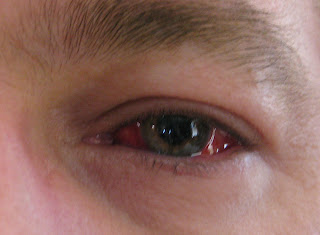
First, if your cat is suffering from swelling, hemorrhaging or hypertension, your vet will administer medications to immediately reduce the inflammation. Treatment of retinal detachment in your cat will depend on the underlying cause and the severity of the injury in your pet. These results will indicate whether your pet is suffering from an underlying condition that is causing the retinal detachment, such as hypertension or a thyroid disorder.
#DETACHED RETINA SYMPTOMS PICTURES FULL#
Your veterinarian will also want to perform a full blood work up for your cat. These drops are harmless and may cause impaired vision in your cat until they wear off.

Similar to the procedure in humans, several drops of a dilating liquid are placed in your pet’s eyes and allowed to take effect. In many cases, your veterinarian will also need to dilate your cat’s eyes. This will be done using an ophthalmoscope, a device similar to one used by human eye care professionals. You should also let your vet know whether your cat has recently suffered any traumatic impact or injury or whether they are allowed outside on a regular basis where they could have become injured.īased on the information you provide, your veterinarian will proceed to thoroughly examine your cat’s eye for any signs of injury, tears or other damage. Of particular importance will be whether your cat has previously been diagnosed with hypertension, thyroid disease or other conditions from the list of potential causes of retinal detachment. You should note your cat’s approximate age if known and whether they have any history of other medical conditions. You should supply a complete medical and physical history of your cat to your vet at this time. Diagnosis of retinal detachment in your cat will begin with a thorough physical examination conducted in your veterinarian’s office.


 0 kommentar(er)
0 kommentar(er)
